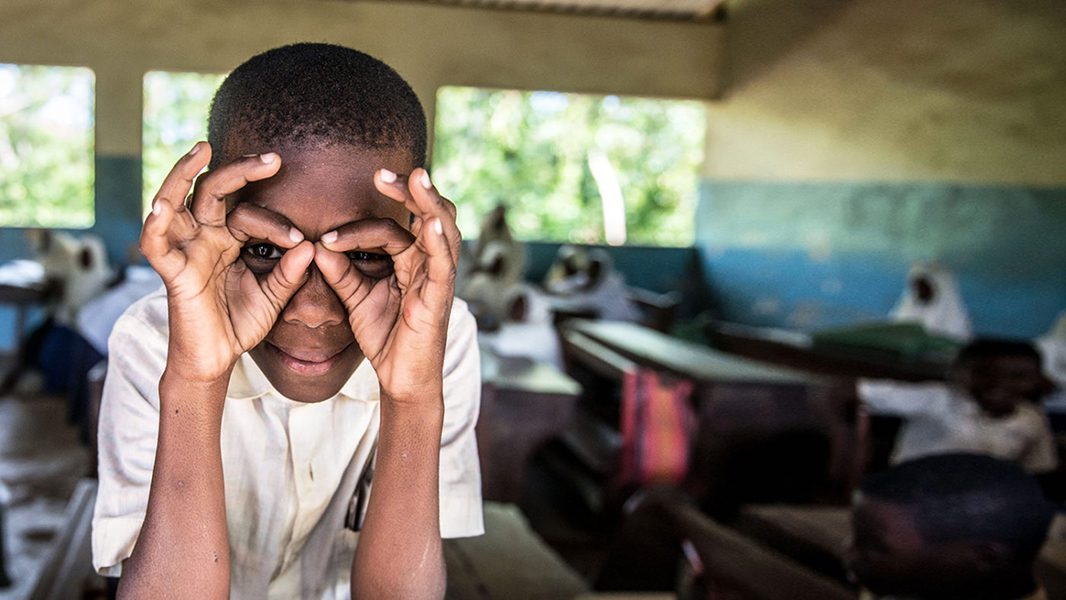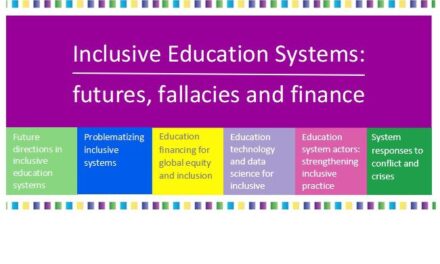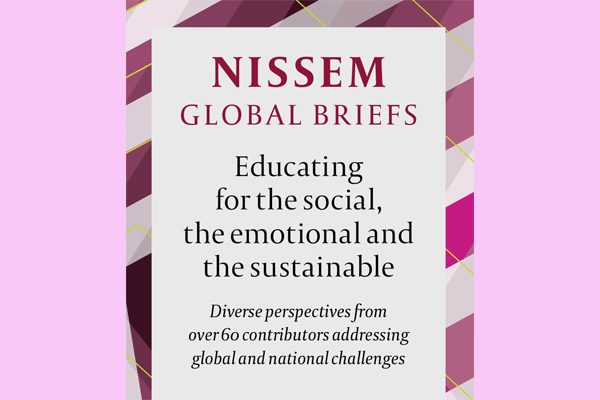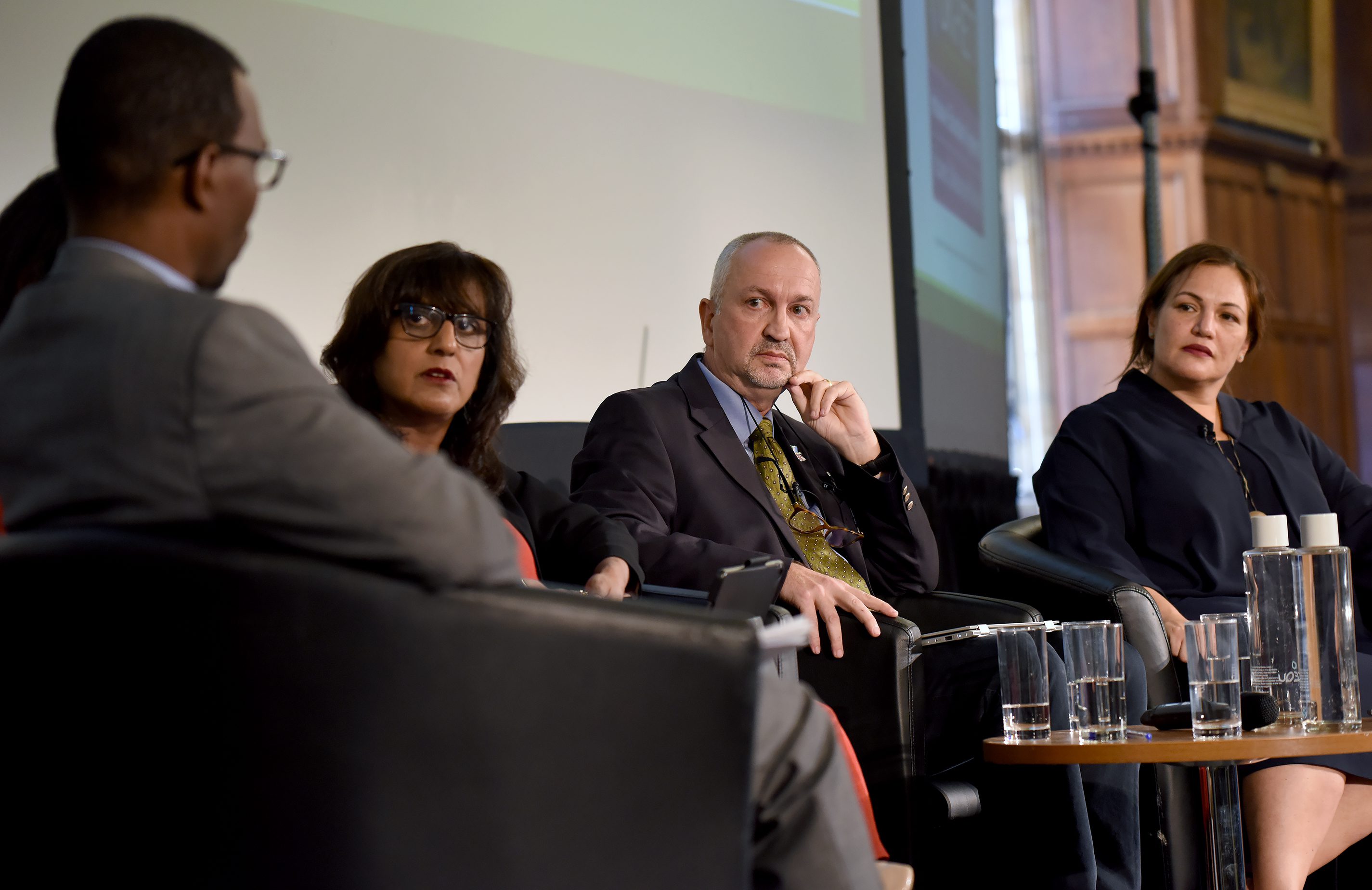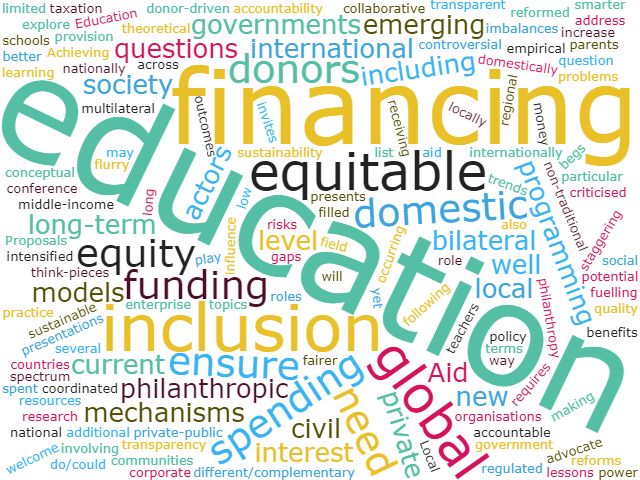This blog was written by Guy Le Fanu, Senior Global Technical Lead, Education, Sightsavers. These issues were discussed during a session at the September 2019 UKFIET conference on inclusive education systems.
According to the Sustainable Development Goal 4, state governments, working in association with civil society and the international development community, should strive to ensure all children, including children with disabilities, access “inclusive, equitable and quality education” by 2030.
Inspired by the SDGs, the international development community is now focusing more on the education of children with disabilities. However, if the international development community is to contribute meaningfully to the achievement of SDG4 for children with disabilities, it will need to achieve the necessary clarity of understanding and sense of purpose.
To being with, we need to clarify what we mean by inclusive education. Does it narrowly refer to educational access – i.e. the physical presence of children with disabilities in mainstream schools and classrooms? Or does it, as SDG4 implies, refer more broadly to educational quality? If so, what do we mean by educational quality with reference to children with disabilities living in resource-poor settings? What are their non-negotiable educational entitlements, given their diverse, complex and evolving needs and cultural and contextual realities? If we recognise the importance of quality, we also need to accept that education cannot narrowly be equated with schooling, but must include early childhood development (ECD), particularly the intense, targeted and personalised support parents and other primary caregivers provide to young children in home and community settings.
We not only need to know where we are going, but from where we are starting. We need to establish our baseline. What are educational realities for children with disabilities in developing countries? What proportion of children with disabilities are going to school (educational access), what sort of provision are they receiving (educational quality), and how well are they doing (educational outcomes)? And what are the variations in terms of access, quality and outcomes between particular groups of children with disabilities (e.g. boys, girls, children with different impairments and conditions) and between children with disabilities from different backgrounds/in different locales? We already have quite a lot of reliable and valid data and information, but we need even more. Incorporating the Washington Group Questions into household surveys will help us to answer the first question, but we will need to combine qualitative with quantitative approaches to answer the other two questions.
We also need to identify the factors shaping educational realities for children with disabilities in developing countries. Otherwise, development initiatives will fail to engage with development realities. For instance, to what extent is educational access for children with disabilities shaped by social attitudes and practices (the demand-side perspective), and to what extent does it reflect the capacity/incapacity of education systems to meet the needs of these children (the supply-side perspective)? To what extent, can we place these realities in broader contexts – including the impact of colonialism and post-colonialism on education systems in developing countries (particularly in terms of the establishment of extensive systems of special schooling based on Western models in many sub-Saharan African countries)?
Finally, the most important question of all. How will we reach our destination? How can the international development community support inclusive, equitable and quality education for children with disabilities when various inter-related factors sometimes prevent it engaging effectively with development realities? These factors include lack of funding/sporadic funding; a competitive operating environment that discourages cooperation and pooling of resources; top-down decision-making processes; the short-term imperatives of the project cycle; abstruse development language and hyper-complex development systems that often bamboozle local stakeholders; and ideologies that cloud understanding. How can the international development community overcome these barriers? What do we need to do?

